Cambodia country profile
- Published
This page is no longer being updated. It was last updated on 22 August 2023
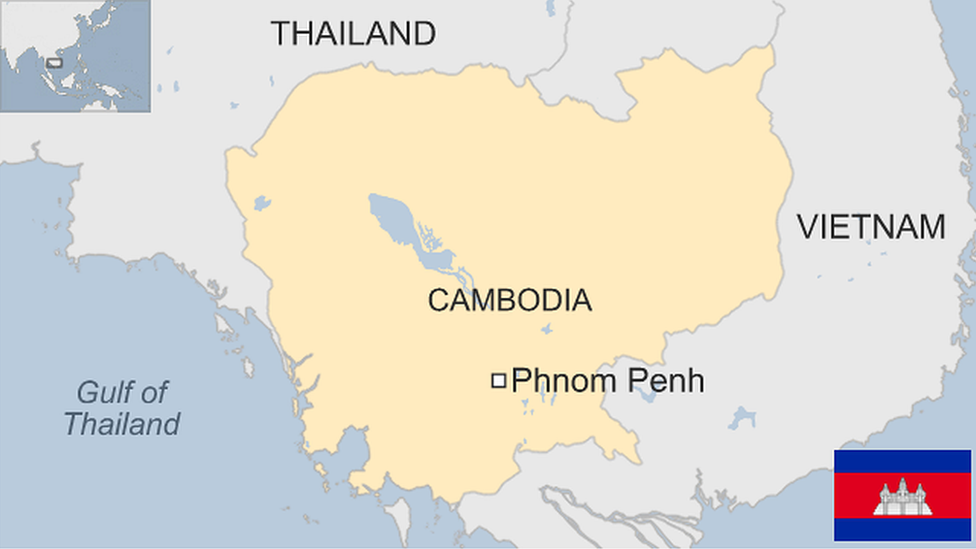
Heir to the ancient Khmer Empire, modern-day Cambodia is now benefiting from relative stability, having endured civil war and the murderous rule of the Khmer Rouge in the 1970s.
Painful memories still endure of the radical communist Khmer Rouge's time in power under the leadership of Pol Pot between 1975 and 1978, when up to two million people died in the regime's brutal pursuit of a rural utopia.
The economy is dominated by garment-making, but tourism is expanding, and Cambodia hopes to tap into offshore oil and gas reserves and draw in overseas investment to replace aid.
Corruption is deep-rooted and Cambodia is still one of the world's poorest countries, with most of the workforce still employed in subsistence farming.
See more country profiles, external - Profiles by BBC Monitoring, external
KINGDOM OF CAMBODIA: FACTS
Capital: Phnom Penh
Area: 181,035 sq km
Population: 16.7 million
Language: Khmer
Life expectancy: 68 years (men) 73 years (women)
LEADERS
Head of state: King Norodom Sihamoni
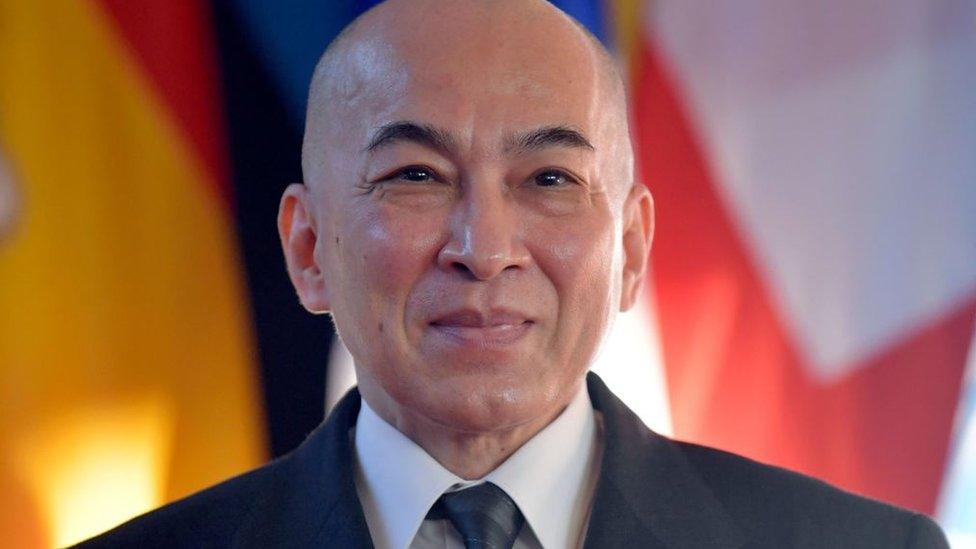
King Sihamoni - a trained ballet dancer - became king in October 2004, after his father, the widely venerated and long-serving King Sihanouk, abdicated because of poor health.
Cambodia's kings once enjoyed a semi-divine status; today, the monarch's role is mainly ceremonial.
Prime minister: Hun Manet
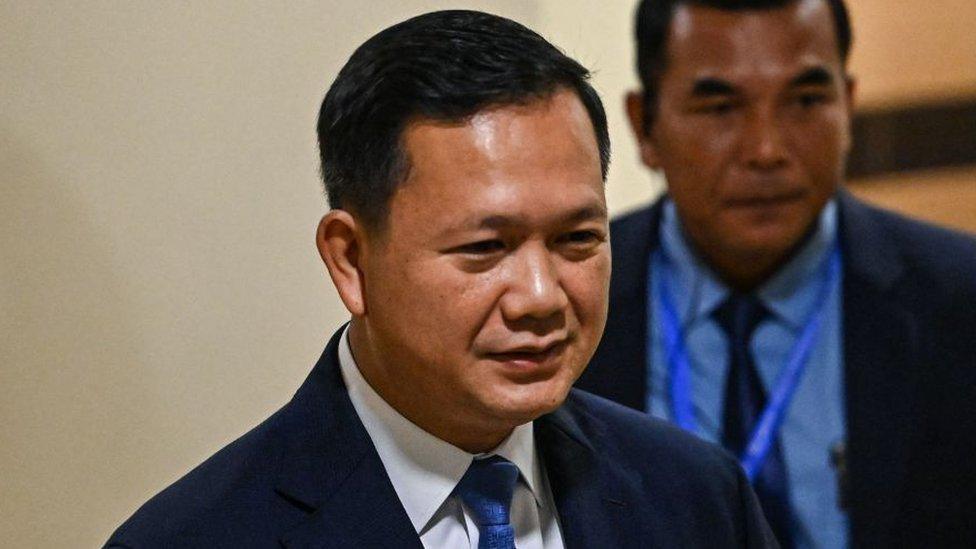
Hun Manet, the eldest son of Cambodia's long-term ruler Hun Sen became prime minister in August 2023 after his father earlier announced he would step down after the July 2023 elections - which critics said was not democratic.
Hun Manet, who until recently was the commander of the Royal Cambodian Army, had long been groomed for the leadership role.
The appointment follows a dynastic succession plan which had been signposted by Hun Sen for several years.
Many of the men who rose with Hun Sen through the Khmer Rouge revolution and civil war of the 1970s and 80s have also stepped down, in some cases handing their jobs to their own children.
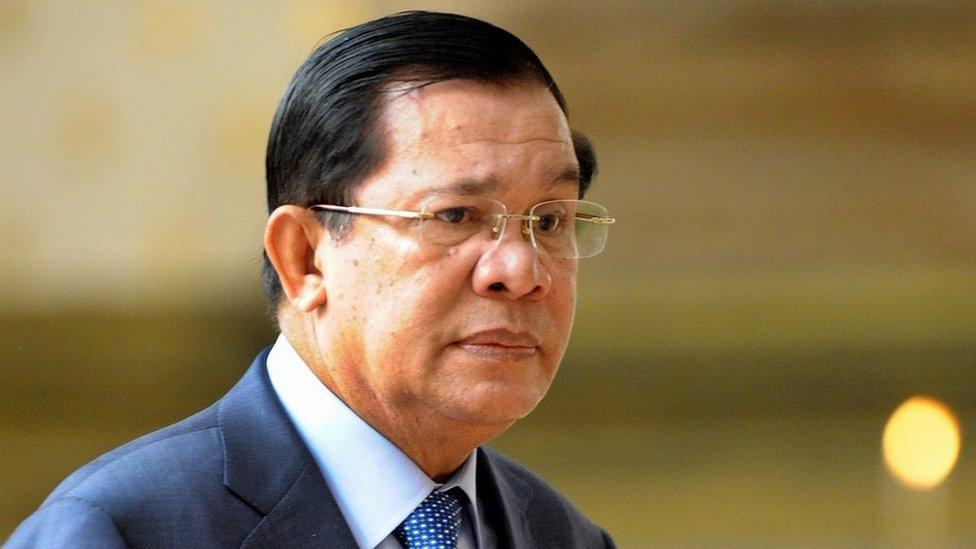
Hun Sen remains as leader of the ruling Cambodian People's Party
Hun Sen will however retain leadership of the ruling Cambodian People's Party - a position political analysts say still gives him ultimate control.
His rule had become increasingly authoritarian since coming to power in 1985 - making him one of the world's longest-serving leaders - silencing opponents by either jailing or exiling them.
MEDIA
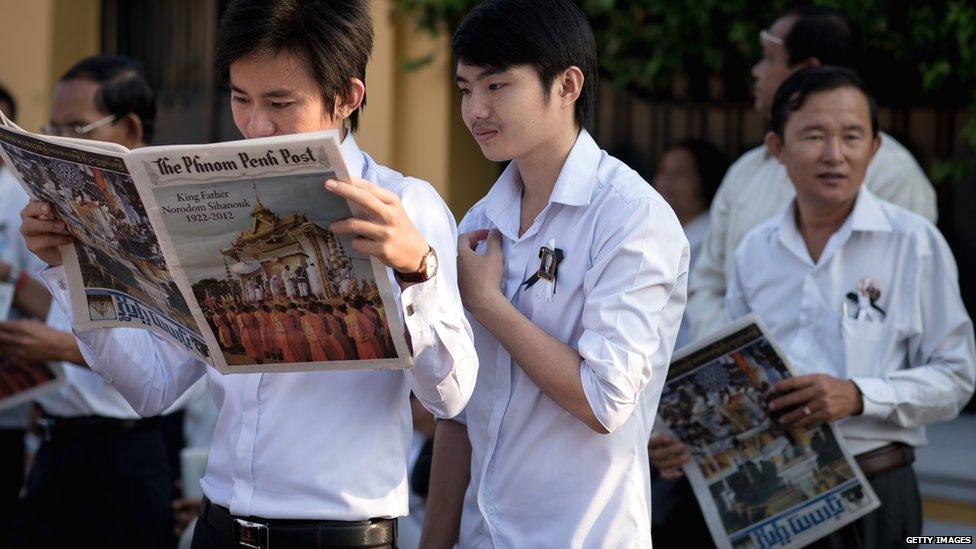
Many Cambodian newspapers and private broadcasters depend on support from political parties. Prime Minister Hun Sen and his allies control several outlets.
Cambodians "only have access to news provided by major media groups directly linked to Hun Sen", says media watchdog Reporters Without Borders (RSF).
TIMELINE
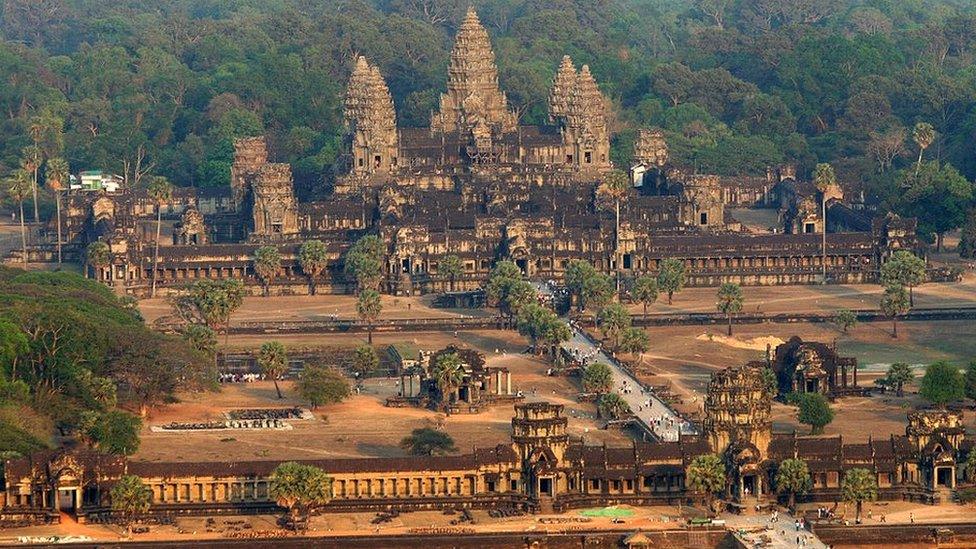
Angkor Wat is one of the main temples in the ancient capital of Angkor
Some key events in Cambodia's history:
802-1431 - Khmer Empire centred on Angkor. After the empire's decline, its heartland shifts south to Phnom Penh and becomes modern-day Cambodia.
1863 - Cambodia becomes a French protectorate.
1941 - Prince Norodom Sihanouk becomes king. Cambodia is occupied by Japanese forces during World War Two.
1945 - The Japanese occupation ends.
1946 - France re-imposes colonial rule. A new constitution permits Cambodians to form political parties. Communist guerrillas begin an armed campaign against the French.
1953 - Cambodia wins its independence from France. Under King Sihanouk, it becomes the Kingdom of Cambodia.
1955 - Sihanouk abdicates to pursue a political career. His father becomes king and Sihanouk becomes prime minister.
1960 - Sihanouk's father dies. Sihanouk becomes head of state.
1965 - Sihanouk breaks off relations with the US and allows North Vietnamese forces to set up bases in Cambodia as part of their fight against the US-backed government in South Vietnam.
1969 - The US begins a secret bombing campaign against North Vietnamese forces in Cambodia.
1970 - Prime Minister Lon Nol overthrows Sihanouk in coup and sends the army to fight the North Vietnamese in Cambodia. Over next few years the Cambodian army loses territory against the North Vietnamese and communist Khmer Rouge guerrillas
1975-79 - Communist Khmer Rouge, led by Pol Pot, take power. They institute a brutal totalitarian rule, leading to the deaths of up to two million people, until they are ousted by a Vietnamese invasion.
1981 - The pro-Vietnamese Kampuchean People's Revolutionary Party wins elections, but its rule is not internationally recognised.
1985 - Hun Sen becomes prime minister. Cambodia is plagued by guerrilla warfare. Hundreds of thousands become refugees.
1989 - Vietnamese troops withdraw. Hun Sen tries to attract foreign investment by abandoning socialism. The country is re-named the State of Cambodia. Buddhism is re-established as the state religion.
1991 - A peace agreement is signed in Paris, ushering in a power-sharing administration. Sihanouk becomes head of state.
1993 - The monarchy is restored, Sihanouk becomes king again. The country is re-named the Kingdom of Cambodia.
1997 - Hun Sen mounts a coup against the prime minister, Prince Ranariddh, effectively taking sole power.
2004 - King Sihanouk abdicates and is succeeded by his son Norodom Sihamoni.
2012 - Cambodia and Thailand withdraw their troops from a disputed border area near the Preah Vihear temple in line with a ruling by the International Court of Justice.
Former king, Norodom Sihanouk, dies of a heart attack.
2014 - A UN-backed court in Cambodia sentences two senior Khmer Rouge leaders to life in prison. The two, second-in-command Nuon Chea, and the former head of state Khieu Samphan, are the first top Khmer Rouge figures to be jailed.
2021 - Hun Sen announces his support for his son Hun Manet to succeed him after the next general election in 2023.
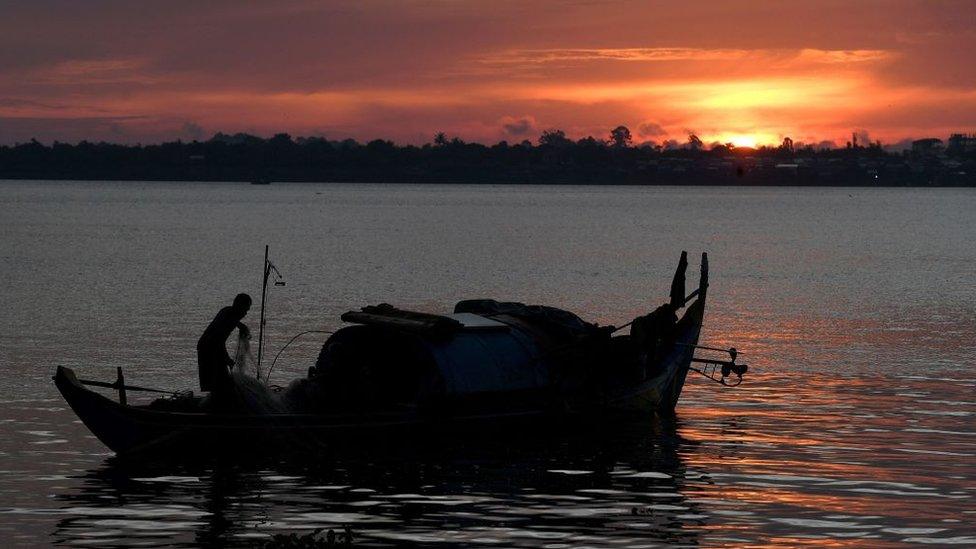
Cambodia's main exports include rice, fish, timber, clothing and rubber
Related topics
- Published16 August 2024
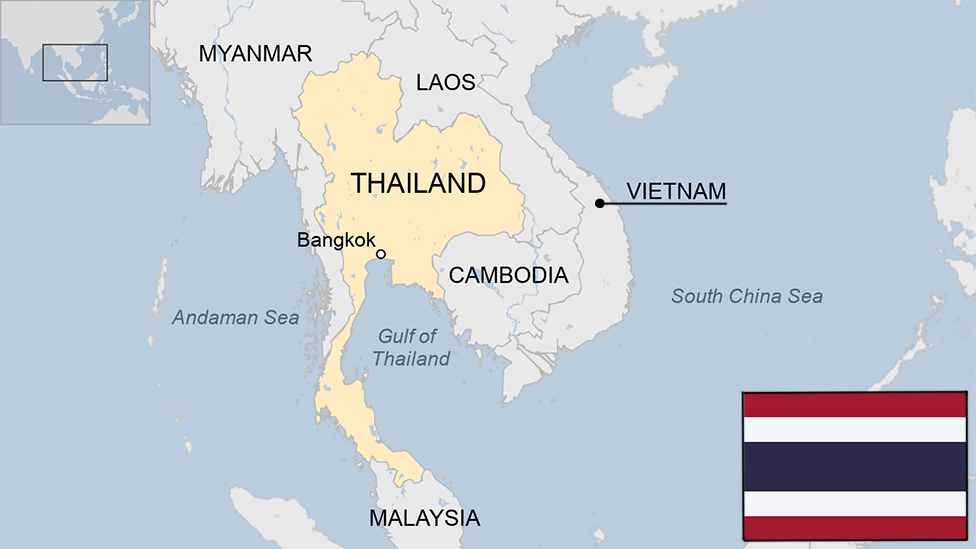
- Published26 May 2023

- Published25 August 2023
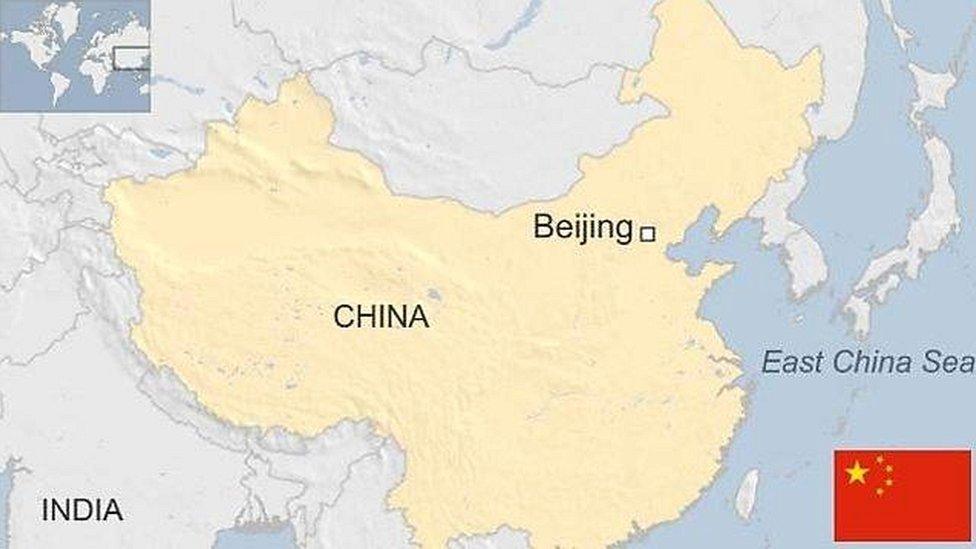
- Published18 April 2023
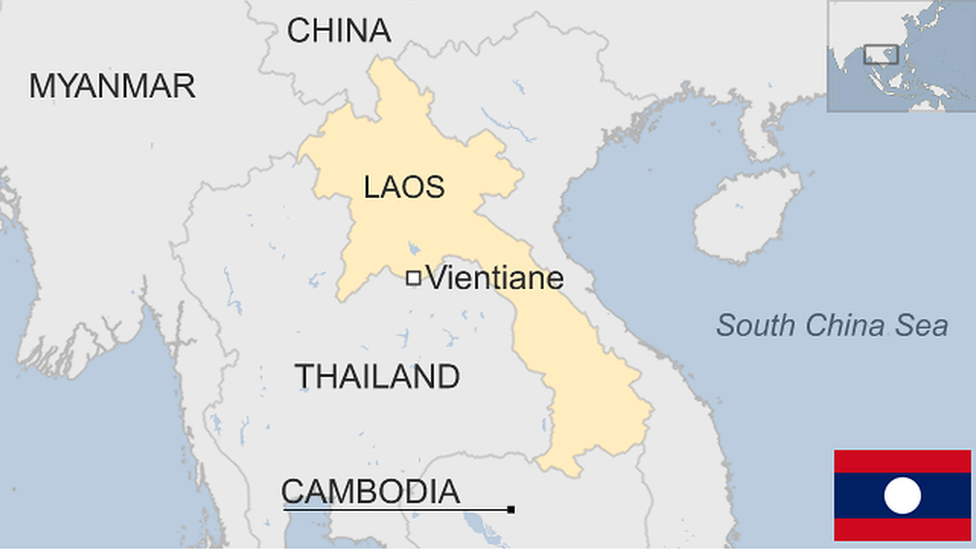
- Published23 October 2024
